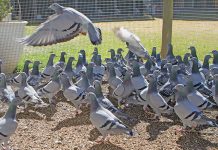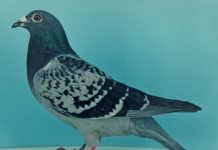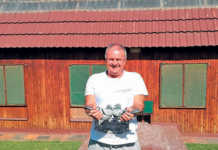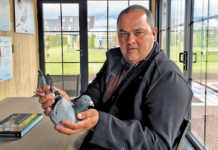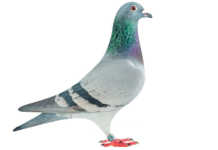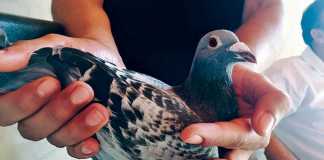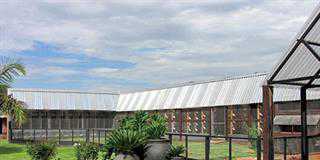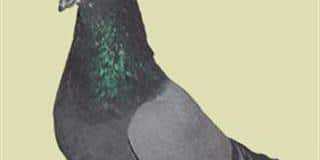Pay attention to your star racers now that the racing season is over. Pigeons win races because they’re healthy, secure, happy and motivated. How do you ensure this? Start by building relationships with your pigeons.
Consider the following:
- Bonding with your pigeons makes them feel welcome, and they’ll stray less, whereas abused pigeons will seek shelter elsewhere.
- Building a relationship will cut down on your losses.
- Pigeons are territorial, meaning, when liberated, they race home at high speed simply to get back to the loft. But they’ll fly that little bit faster if driven by a love of their owners.
- Racing pigeons that are loved will love their loft – and be easier to control. That makes catching them for routine inspections much easier.
Many pigeon diseases are stress-related, so bonding with your birds is, along with hygienic pigeon-keeping, crucial to winning the fight against disease. Racing pigeons are very “adoring” and need to bond. They crave human attention. A quality racer can be quite temperamental – building a relationship can help it gain confidence and settle better in the flock.Racing pigeons are scared and nervous at the end of a race, but it’s crucial they enter the loft immediately so their time home can be recorded. Milliseconds matter – you don’t want your pigeons to refuse to enter the loft because they’re afraid of you!Be patient. Pigeons are sensitive, and you must first earn their trust.
Some tips:
If you’re moody and irritable, stay away from the loft. Pigeons will sense your mood and react negatively. Talking to them is essential as they bond by the tone of your voice as much as by your manner. You know they’re comfortable with you when most remain on their perch when you enter the loft.
Announce your arrival at the loft with a whistling sound and speak to the pigeons to reassure them that your approach isn’t meant to be threatening. Also, enter the loft without banging doors. When replacing drinkers or food trays, move slowly and carefully. Don’t open tins, bags and containers inside the loft and make sudden or noisy movements.
Feed slowly at feeding time and place only a small handful in the feed tray. Keep your hand near the side of the tray, releasing a little seed at a time. The pigeons will hesitantly come nearer to your hand and, after a while, will take the seed from your open hand. Slowly approach perched pigeons and offer them bits of peanut. They love peanuts and some will demand this treat whenever you enter the loft.
Allow them to leave the perch and eat the bits out of your hand.Stand halfway bent at the perch and, with bits of peanut and soothing words, “persuade” the pigeon to hop onto your shoulder. Take it gently from the perch and place it on your shoulder so it’s facing the perch in case it wants to return there. After a while, it’ll remain on your shoulder for longer, and some pigeons may even refuse to leave. Help it back to its perch gently.
Don’t chase a pigeon to catch it. Guide it onto its perch and gently catch it there. After inspection, place the pigeon back onto its perch – don’t dump it on the floor.Allow pigeons to walk out of the loft for home exercise – don’t chase them.Be careful of fiddling with pigeons while they’re breeding – some may abandon their young. Eating from your hand in the nest box is fine if it’s done without aggression. A breeding pair will fight you off and in the process might break the eggs or injure newborn young.


